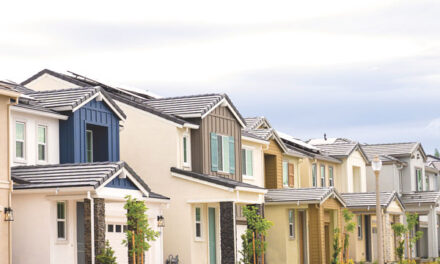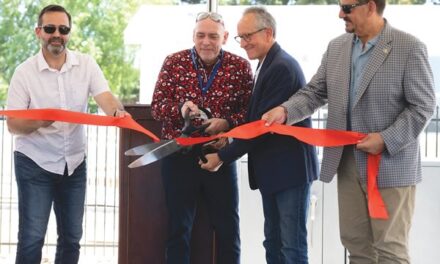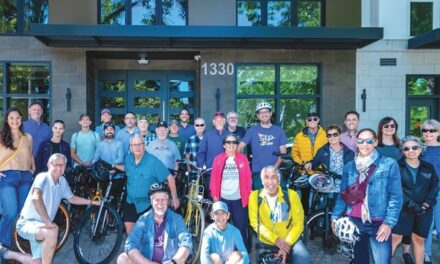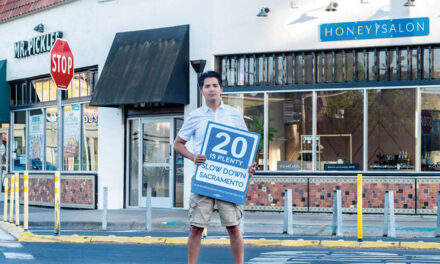Surfing Oahu’s Banzai Pipeline or scaling Annapurna’s summit in Nepal are risky. In Sacramento, gardeners chase another perilous pursuit. They attempt to grow plants that confound and defeat even the greatest gardeners.
Like a quart of milk, we purchase these perplexing plants, and, within a short time, they reach their expiration date. Our response is a tortured moan and mounting frustration.
The truth is that some plants are not suited to local growing conditions or are finicky and high maintenance.
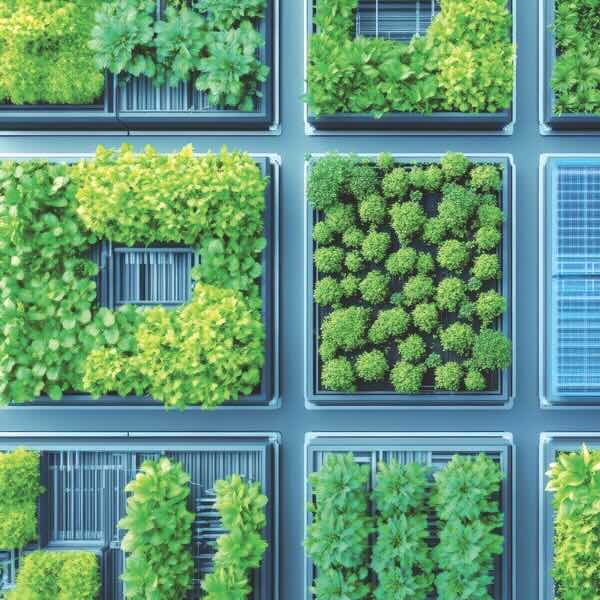
Other plants can only be grown at specific times of the year in our unique climate. Timing is crucial and gardens present various microclimates, which means one sliver of your garden possesses slightly different temperatures or sunlight than another.
This might explain why the neighbor harvests dozens of avocadoes, while you enjoy two or three or none.
Avocados were once a no-no here. Milder winters opened the door a crack. Still, for every local gardener who boasts a bumper crop of avocados, there are five who are disillusioned or steam-rolled by defeat.
For loads of guacamole and avocado toast, there are basic requirements: patience, the right varieties and well-draining soil.
If you buy a grafted nursery tree or trees (pollination is better with two trees), expect to wait three to five years before harvesting that first avocado. Mexican varieties, such as Bacon, Fuerte and Mexicola, fare better, although backyard Hass growers swear by its yields.
Avocados will not tolerate “wet feet,” so avoid heavy clay soil or expect root rot. Young trees are less tolerant of freezing temperatures. Mature avocado trees prefer mild winters.
As we near summer, I hear questions concerning lettuce and cilantro plant failures. Both prefer cooler temperatures. Our extreme heat prompts these plants to bolt or flower and seed. Once it flowers, the flavor is greatly affected, and the plants are in decline.
When cilantro bolts, not all is lost. Its seeds are the spice coriander. The tragedy is that cilantro leaves are a prime ingredient in fresh summer salsas, yet they go bad before the tomato harvest.
One strategy to stretch cilantro into summer is to seed a new crop every two or three weeks and harvest each cycle before it bolts.
Lettuce is much more difficult to grow when temperatures are in the 100s, and best planted in fall and spring. Mid-January and September are the best times to plant leaf lettuces.
“Lettuce seeds tend to go dormant if the soil temperatures are too warm, so trying to grow lettuce from seed in the summer is pretty futile,” says Gail Pothour, who teaches the vegetable session to UC Master Gardener training classes. “This requires a lot of work and thoughts of a summer vacation are out of the question.”
If you must attempt summer lettuce, choose heat-tolerant and bolt-resistant varieties, provide shade, plenty of water and keep fingers crossed.
Rhubarb is especially difficult to grow, bad news for lovers of rhubarb pie. Pothour says our dry summer heat is not conducive to rhubarb.
“It grows best in cool microclimates where the average summer temperature is less than 75 degrees,” she says. “Definitely not Sacramento.”
Celery is also fussy. Pothour says timing of planting is critical. Lengthy periods of extreme temperatures or fluctuating watering cycles can doom the crop.
Jacaranda and hazelnut trees are difficult to grow here, says Fred Hoffman of the “Garden Basics with Farmer Fred” podcasts. He also says witch hazel, a deciduous shrub or small tree, is more suited to soils and growing conditions elsewhere.
“Basically, let the Eastern Seaboard and the Midwest enjoy this plant. In our dry, alkaline soils, it will just sulk.”
Hoffman reports kiwi are high maintenance. Pothour suggests loose, friable soil and proper thinning when attempting carrots. Carrots are poor performers in heavy clay or rocky soil.
Let me know if you conquer problematic plants and how you do it. As Sacramento gardeners, sharing is our secret weapon.
Dan Vierria is a University of California Cooperative Extension Master Gardener for Sacramento County. He can be reached at masterg29@gmail.com. For answers to gardening questions, contact UCCE Master Gardeners at (916) 876-5338, email mgsacramento@ucanr.edu or visit sacmg.ucanr.edu. Follow us on Facebook and Instagram: @insidesacramento.




